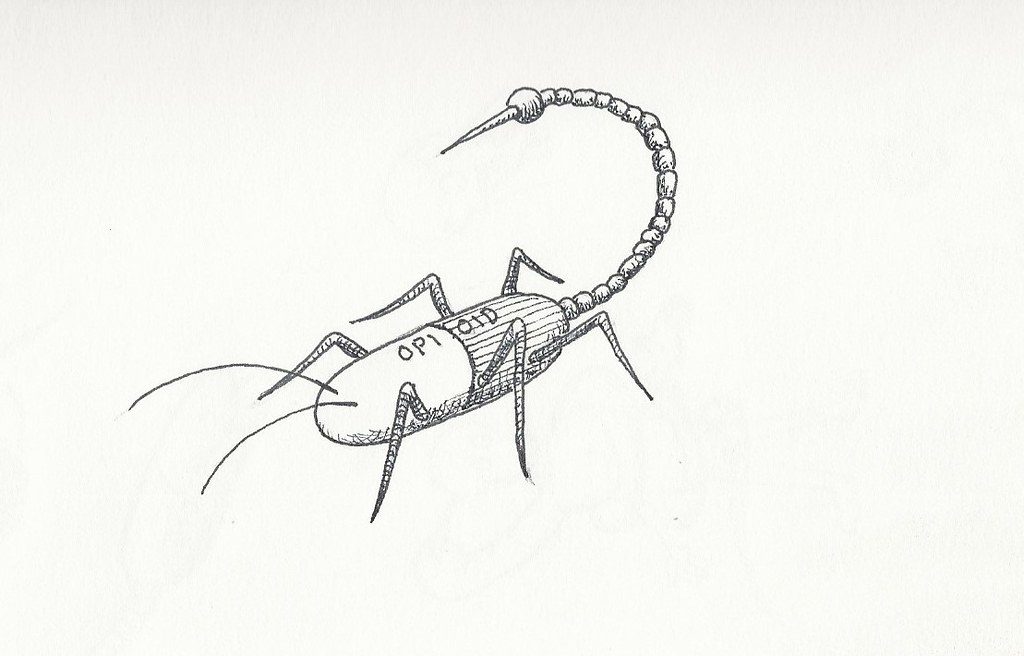Responding to what has been termed a “public health crisis” and even an “epidemic” in the United States, a new study examines the magnitude of recent prescriptions, opioid use, and drug abuse among adolescents and young adults. Results from the retrospective analysis of data from the National Survey on Drug Use and Health (NSDUH), published in PLoS Medicine, provide insight into trends and numerous entry points for both prevention and intervention efforts.
The researchers out of Boston Children’s Hospital and Harvard Medical School, Joel D. Hudgins, John J. Porter, Michael C. Monuteaux, and Florence T. Bourgeois, found that 3.8% of adolescents and 7.8% of young adults reported past-year opioid misuse between 2015 and 2016. Approximately one-fifth of adolescents and one-third of young adults had used prescription opioid use within the year. Of individuals misusing prescription opioids, most had gotten them without having to pay from a friend, relative, or provider.
“The prevalence of prescription opioid use is high among adolescents and young adults in the United States despite known risks for progression to opioid and other substance use disorders in this population.”

The authors highlight the drastic increase in associated opioid deaths in the US within the past twenty years. As summarized in this 2017 MIA article, a multitude of intersecting factors have contributed to these trends, including the promotion of opioids in the 80s and 90s as nonaddictive, liberal practices in prescription, efforts to make pills more difficult to crush and snort that increased preferences for injection, and more.
Additionally, heroin maintained a destructive presence in predominately Black communities for decades but was historically regarded in terms of crime as opposed to a broader public health crisis. Increases in heroin use among White youth and young adults has prompted an outcry, garnering attention in public health to patterns previously overlooked and illuminating prejudicial public discourse.
Paradoxically, research has also shown that the heightened awareness of increases in opioid accessibility and misuse has led to a “crackdown” on prescription, translating to forced tapering for some individuals contending with chronic pain. Although opioids can be highly addictive, have been linked to depression, and in some instances may contribute to chronic pain, they are an outlet for pain management for many suffering from chronic conditions, and abrupt discontinuation has its own risks. This topic sensitive, fraught, and multifaceted, and related research requires respect for its complexity.
“Opioid misuse in adults has been linked to several risk factors, including mood and anxiety disorders, male gender, educational attainment, and age at first misuse. Among adolescents and young adults, data are sparser and less consistent, although the prevalence of opioid use disorder appears to be steadily increasing.”
The authors aimed to analyze adolescent and young adult trends in opioid prescription, use, misuse, other substance use patterns, and means of opioid procurement to enhance the relatively vague picture previously available. 2015 to 2016 NSDUH dataset reflected publicly available self-report information regarding drug use, mental health, and other health-related issues from nearly 30 thousand adolescents (aged 12 to 17) and approximately 30 thousand young adults (aged 18 to 25).
Porter, Monuteaux, and Bourgeois used descriptive statistics and stratification of prescription patterns according to use, misuse, as well as sources of access to prescription opioids stratified by the same characteristics to analyze the data. Despite the limitations of compromised reliability related to the sensitive subject matter of survey questions, and the absence of data to reflect trends over time, results have important public health implications.
Findings suggest that most adolescents and young adults who had reported past-year use had opioid prescriptions. In instances of past year misuse, reported by nearly 4% of adolescents and twice as many young adults, opioids had been obtained through friends and family, sometimes an individual prescriber, but not from dealers or multiple prescribers. Both adolescents and young adults who reported past-year opioid misuse were much more likely to report misuse of other substances and drugs “with a third or more reporting prior use of cocaine, hallucinogens, and inhalants and a half or more reporting past-month use of tobacco, alcohol, or cannabis.”
Authors emphasize the importance of prevention initiatives accounting for opioid access in the home and young people’s immediate social circles. They also suggest systematically screening for substance, and drug use could improve awareness of trends and opportunities to intervene, although it remains yet unclear how such a program could be linked to supportive intervention. Further research is needed to continue to establish a more detailed understanding of trends and opportunities for related supports.
“Our findings suggest that the prevalence of prescription opioid use among adolescents and young adults in the US is high despite known risks for future opioid and other drug use disorders. Prevention and treatment efforts should take into account that greater than half of adolescents and young adults misusing prescription opioids obtain these drugs from friends and relatives.”
****
Hudgins, J. D., Porter, J. J., Monuteaux, M. C., & Bourgeois, F. T. (2019). Prescription opioid use and misuse among adolescents and young adults in the United States: A national survey study. PLOS Medicine, 16(11). DOI: 10.1371/journal.pmed.1002922 (Link)















Opioid use and deaths is much overrated. It ended up in chronic pain not managed, which has nothing to do with street use. Opioids are indeed addictive, just like benzos. What are patients and Doctors supposed to do with the current ‘crack-down’ ?(pun)…..People have partaken in mind altering drugs and things that are not good for them, since the beginning of time. I was once prescribed Paxil and after taking one pill, I was rocking in a rocking chair to try and get rid of a crazy feeling in my brain, but some people seem to think that the effects from thousands of poisonous pills are better than a death from opioids. We need drug education in schools, beginning in grade 6 or 7. But if we are going to educate about the dangers of drugs, we need to include all drugs, not just opioids. People are committing suicide because of uncontrolled pain, and there is simply no excuse for that. I have a friend who due to back pain became addicted to Oxy, because the docs FIRST line of defense was oxy. I went to ER once in severe distress and sent home with Percocet, which I refused to take. I spent 2 weeks on the floor, writhing and returned to ER, where again they wanted to send me home with meds. By this time my stomach had increased triple in size of it’s normal size. They knew I had gallstones and I cried and begged them because by this time I had pain in my pancreas. I pleaded for a cat scan, which the ER doc thought not needed. After the cat scan, within 3 minutes they were back prepping me for emergency surgery and was hooked up to insane amounts of antibiotics and morphine. They removed a sludge filled gall bladder 10 inches long, with 2 stones that measured 3 mm larger than golf balls. My point is, for two weeks I was ignored even though I knew I’d be dead soon, yet first line was Percocet to get rid of the whining neurotic. The drugs are over and underprescribed and only due to the fact that doctors are like shrinks, never really listening to what their patient is saying, they obviously cannot tell the difference between a patient who has severe real pain and ones who might be helped by other avenues. Young people are going to access drugs, the only thing we can do is educate. At the same time, it is time that they know about a host of other problems existing within medical systems.
Report comment
MY BOOK
Some of you, (perhaps quite a few of you,) are familiar with the autobiography I wrote called Ex-Inmate In Exile. For a long time, I’ve been waiting to have the exact count of the number of copies sold in hand before I updated you on this book. It’s now looking as though I’m never going to have that information thanks to lots of legal coniptulations.
I’m forced, therefore, to ask you to take my word for it that I’ve sold a lot of copies. In the past 15-20 years, I’ve seen an almost countless number of indications that this was the case. For example, when I was in Santa Barbara, California in 2018, there appeared to be several people out there who recognized me from the picture of me on the back cover of every copy. One of those people gave me a particularly exuberant greeting. This was the first indication I’d had that the book was being read any place else besides Baltimore. In Baltimore where I live, complete strangers have been acknowledging me on the streets for years, particularly in my immediate neighborhood.
The only royalties I’ve ever received from the filthy publisher with whom I published the book, are occasional checks which are usually not for more than three or four dollars. I’m certainly not getting rich from this thing, as I had dreamed of becoming.
Nevertheless, on the basis of my impressions alone, I feel completely vindicated by the book. BINGO!
Report comment
“Prevention and treatment efforts should take into account that greater than half of adolescents and young adults misusing prescription opioids obtain these drugs from friends and relatives.”
So does this mean that almost half of adolescents and young adults are getting these dangerous, mind altering, and addictive drugs from doctors, who are so insanely stupid as to believe that opioids are “safe pain killers?” At least I know my former PCP was in complete and total denial of the common, well documented throughout history, adverse effects of the opioids. Let’s hope the doctors wake up to reality some day.
Report comment